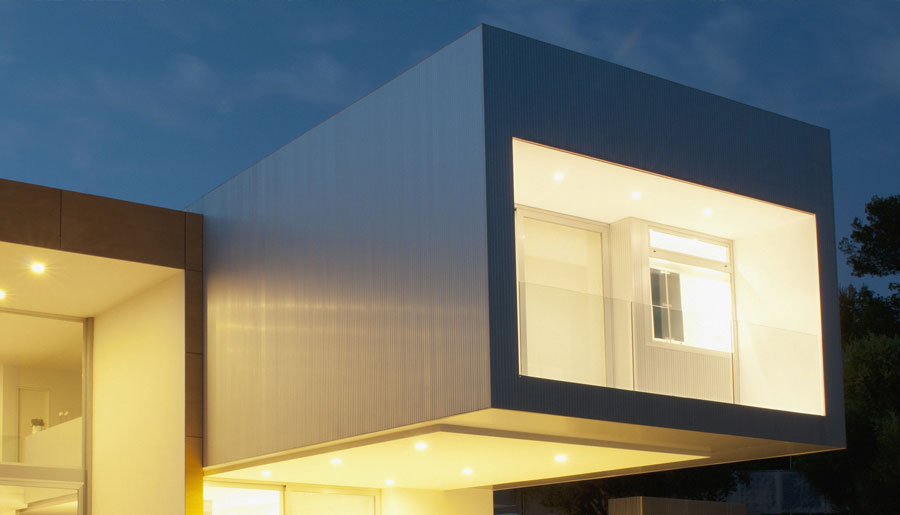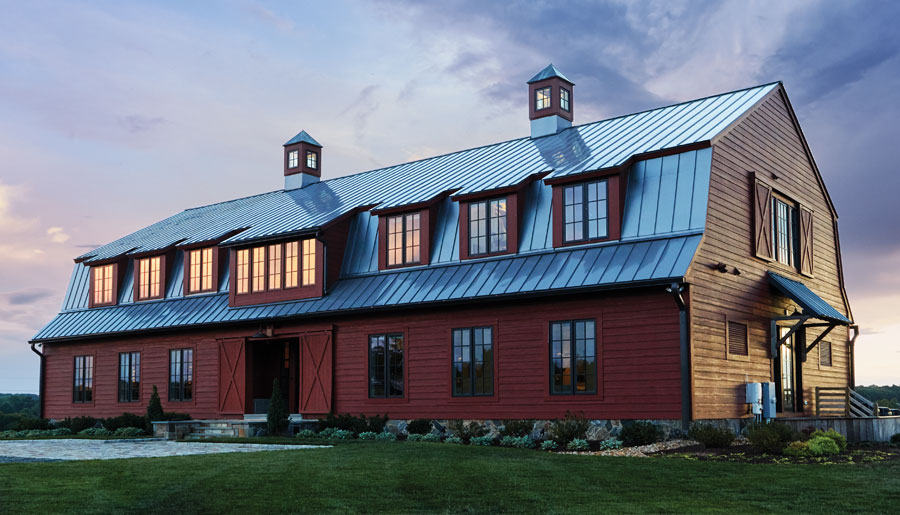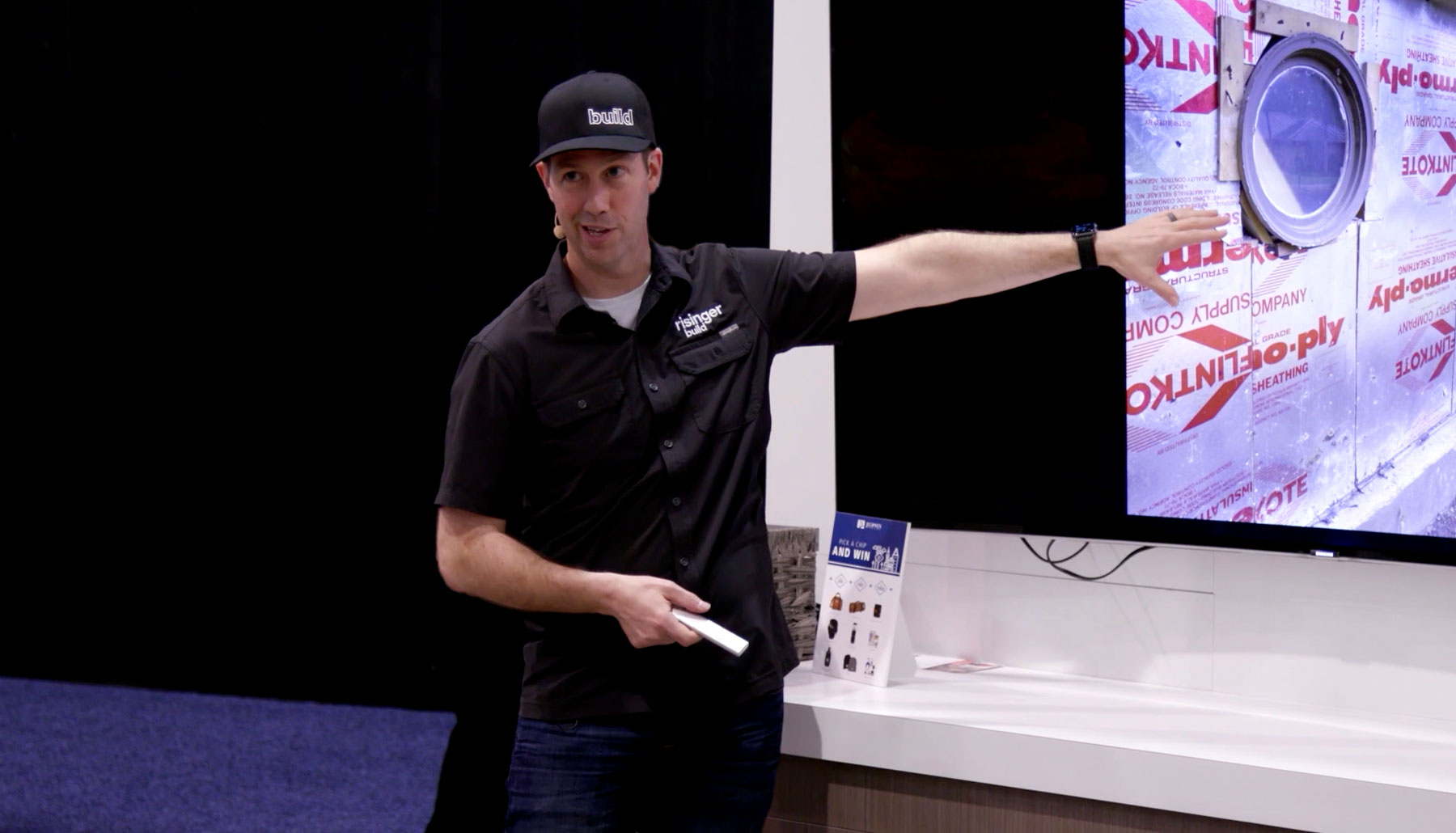Industry experts weigh in on the benefits of this increasingly popular home-building approach.
Brought to you by JELD-WEN
There are many ways to describe the promise and, to some, the hype of the growing home builder and remodeler interest in modular home construction. The term is a broad one. Modular home construction can include everything from roof trusses and wall-panel systems all the way up to volumetric modules of fully equipped and finished rooms.
Few dispute the need for an alternative home-building method. Here’s a snapshot of five industry experts, why they have adopted modular home construction, and why they believe this is just the beginning for this promising building approach.
1. Ryan Smith, Washington State University School of Design and Construction
Ryan Smith is arguably the nation’s leading authority on the modular housing industry, serving as the director of Washington State University’s School of Design and Construction and as a consultant.
He points to Japan as a possible model: “In Japan, modular construction is the standard for high quality. There’s an entire regulatory program that supports that distinction. So much so, Japanese modular home builders don’t have to go through traditional code compliance. They use a separate code. That allows them to deliver projects faster. The modular home factory is certified, not the project.”
Smith is working with the Modular Building Institute on the development of a database of costs, schedules, and labor hours associated with off-site construction. He has high hopes this documentation will spur modular home building to the next level.
2. Peter Anderson, Anderson Anderson Architecture
You could say Peter C.O. Anderson, FAIA and principal of Anderson Anderson Architecture, wrote the book on modular building construction. His Prefab Prototypesexplores his firm’s widely acclaimed modular building design.
“Factory built offers very good quality control,” Anderson says. It can also offer the designer surprising flexibility and innovation. “Modular building manufacturers are more flexible and skilled at innovating than people think.”
Modular building’s relentless, if slow, ascendency is assured in Anderson’s view. “Designing with a prefab system is a very useful design tool. It allows us to go further faster, save costs, and achieve so many positive things: environmental advantages; reduced material waste; and building better in a dry, climate-controlled environment, to name a few. It’s inevitable we’ll move the construction needle to more and more prefabrication,” he predicts.
3. Ken Semler, Express Modular
Ken Semler operates Express Modular, the nation’s only custom home builder that serves all 50 states and “happens to use modular construction,” says Semler.
“Our modular homes arrive at the homesite about 75 percent finished. The drywall is done. The trim is in. The same for the kitchen cabinets, countertops, and even tiled bathrooms.” Semler says all homes comply with the building code.
The planning process does take longer because all the decisions must be made up front. Then what Semler calls the “big giant whoosh” happens: “The home modules arrive. In a single day, your house is up and under roof with most of the work complete. In four to six weeks, you’ll move in.”
Project delivery speed is one benefit. Durability and resilience of modular construction are the others, says Semler.
4. Wes Minster, Stratford Building Corporation
The 20-year modular home building industry veteran oversees the 40,000-square-foot Stratford Building Corporation factory in Rathdrum, Idaho.
The role of modular construction is amplified by the region’s short building season. Custom home builders look to Stratford’s modular solutions to give them a leg up on a too-short summer.
“Modular construction is a superior construction method. If the buyer is looking for quality, they get it. You’re building inside, so you’re not exposed to the weather,” says Minster.
“We have the same scope of work as any builder. The difference is it takes us fewer man-hours to accomplish the same task.”
The emphasis on quality carries over to the materials they specify, such as brands that signify quality or exceptional performance.
“Probably the biggest reason we use JELD-WEN is that they have a substantially better U-value rating than most. They’re very energy efficient,” he states. “We recently chose to use their vinyl line as well. They just do a great job.”
Minster says modular is getting more acceptance from architects and builders, especially builders that are facing serious labor shortage issues.
5. Michael Winn, WINN Design + Build
Michael Winn, owner and operator of WINN Design + Build, has worked for nearly 20 years in the Virginia and Maryland suburbs of Washington, DC.
Winn’s interest in modular home design led to the idea of topping the area’s small, shoebox-like homes with a fully equipped home module. Instead of months of disruptive work, the addition could be compressed to weeks. That presented the remodeler with a huge competitive edge and the family with a humane relocation decision.
“To give you an idea of time, a typical second-story addition is about a five-month project. With modular, it’s about half that,” Winn says.
Winn now claims about two dozen modular addition projects, making for a powerful differentiator for his firm.
What do code officials think about this difference-maker? “Most are familiar with modular construction in rural areas. A second-story modular addition isn’t usual. Permitting goes smoothly, really no issues.”
For assistance with window and door specification or installation, visit JELD-WEN’s professional portal.



